Unique case report of a chromomycosis and Listeria in soft tissue and cerebellar abscesses after kidney transplantation
- PMID: 28427354
- PMCID: PMC5397669
- DOI: 10.1186/s12879-017-2386-9
Unique case report of a chromomycosis and Listeria in soft tissue and cerebellar abscesses after kidney transplantation
Abstract
Background: Chromomycosis is a rare mycotic infection encountered in tropical and subtropical regions. The disease presents as a slowly-evolving nodule that can become infected with bacteria. Here, we describe a unique association of abscesses caused by a chromomycosis and Listeria monocytogenes in a kidney transplant recipient, and didactically expose how the appropriate diagnosis was reached.
Case presentation: A 49-year old male originating from the Caribbean presented a scalp lesion which was surgically removed in his hometown where it was misdiagnosed as a sporotrichosis on histology, 3 years after he received a kidney transplant. He received no additional treatment and the scalp lesion healed. One year later, an abscess of each thigh due to both F. pedrosoi and L. monocytogenes was diagnosed in our institution. A contemporary asymptomatic cerebellar abscess was also found by systematic MRI. An association of amoxicillin and posaconazole allowed a complete cure of the patient without recurring to surgery. Histological slides from the scalp lesion were re-examined in our institution and we retrospectively concluded to a first localisation of the chromomycosis. We discuss the possible pathophysiology of this very unusual association.
Conclusion: In this case of disseminated listeriosis and chromomycosis, complete cure of the patients could be reached with oral anti-infectious treatment only.
Keywords: Antifungal therapy; Case report; Fonsecaea; Kidney transplantation; Listeria; Tropical pathology.
Figures
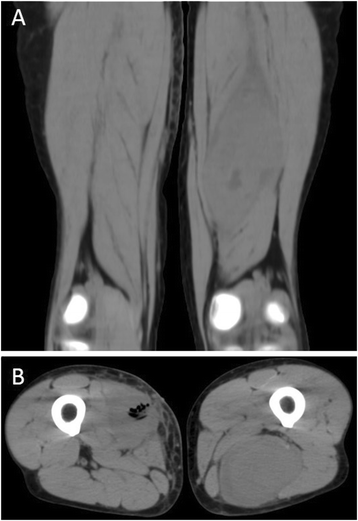
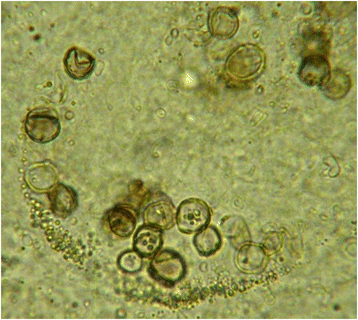
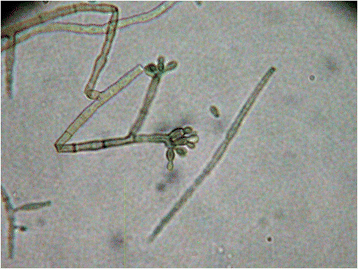
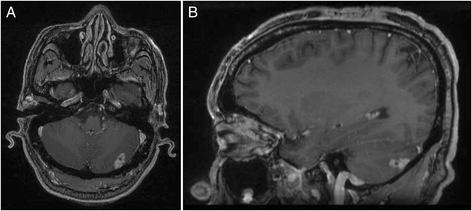
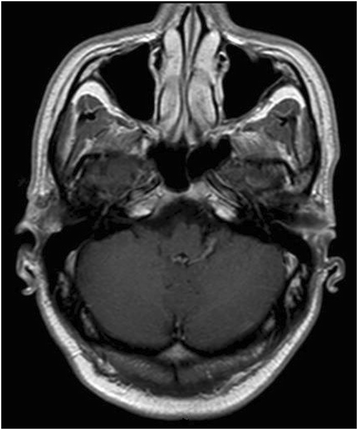
References
-
- De Hoog GS, Queiroz-Telles F, Haase G, Fernandez-Zeppenfeldt G, Attili Angelis D, Gerrits Van Den Ende AH, Matos T, Peltroche-Llacsahuanga H, Pizzirani-Kleiner AA, Rainer J, et al. Black fungi: clinical and pathogenic approaches. Med Mycol. 2000;38(Suppl 1):243–250. doi: 10.1080/714030907. - DOI - PubMed
-
- Mancini MC, McGinnis MR. Dactylaria infection of a human being: pulmonary disease in a heart transplant recipient. J Heart Lung Transplant. 1992;11(4 Pt 1):827–830. - PubMed
Publication types
MeSH terms
Substances
LinkOut - more resources
Full Text Sources
Other Literature Sources
Medical

